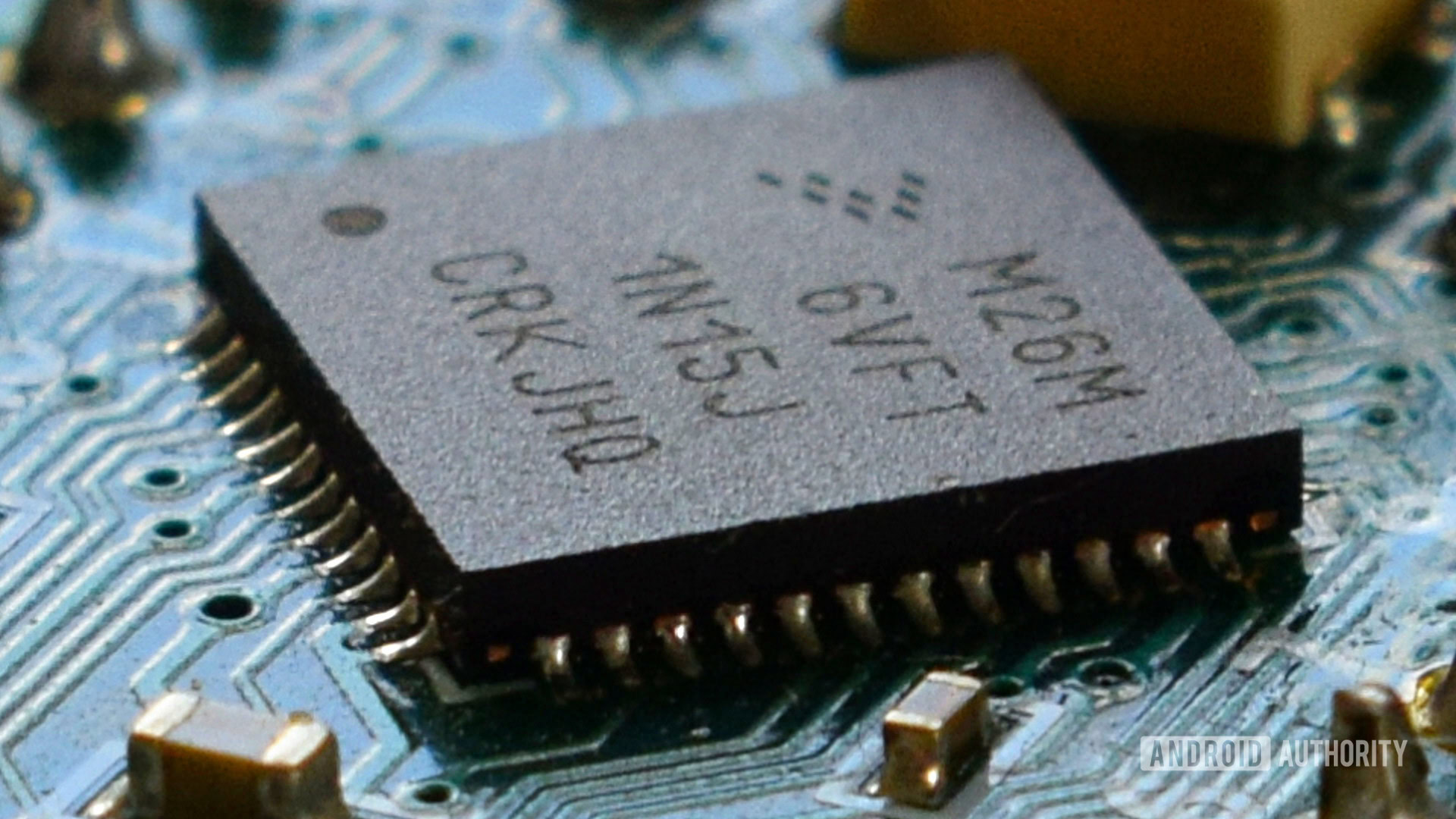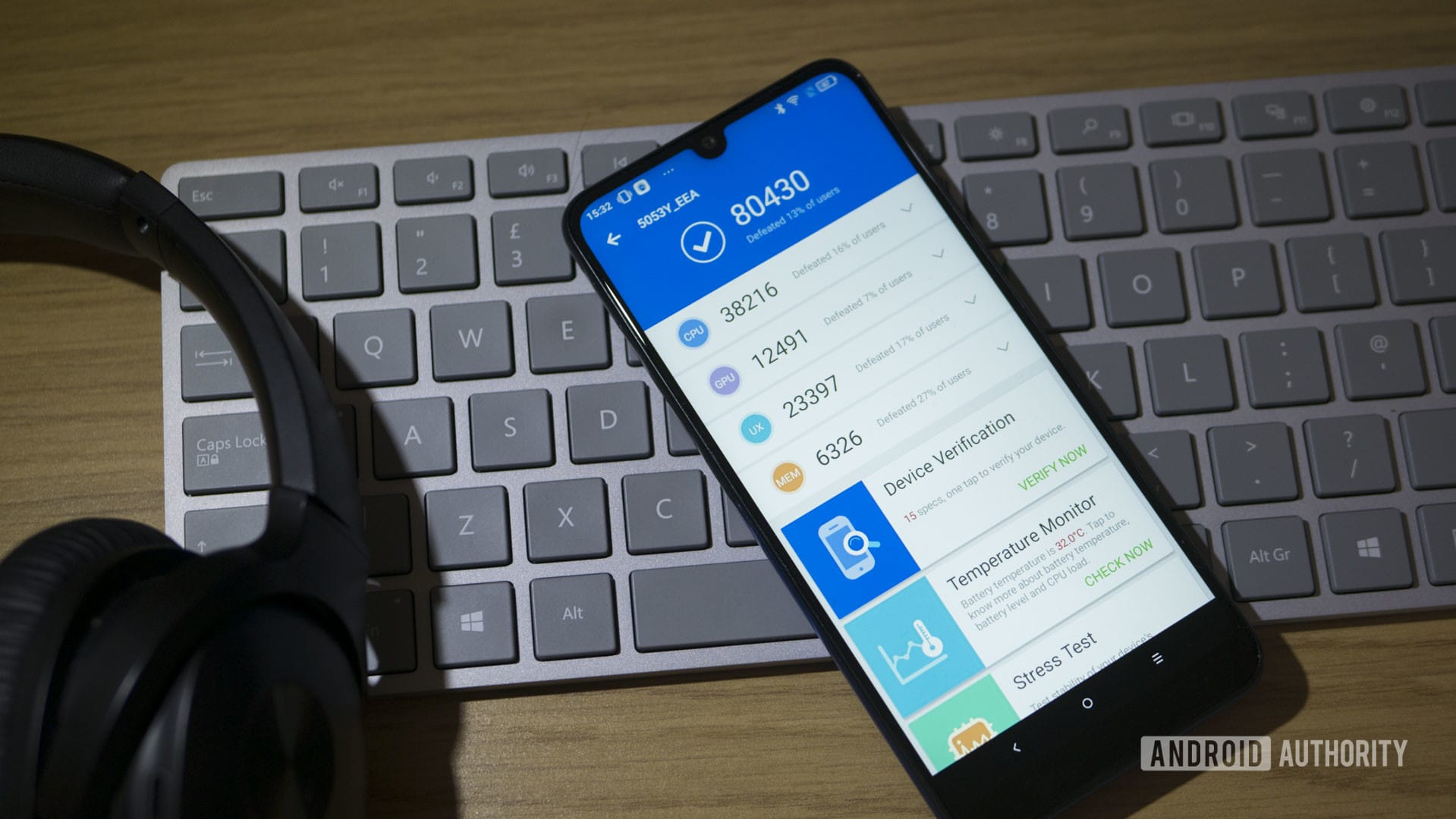Affiliate links on Android Authority may earn us a commission. Learn more.
The smartphone CPU arms race is about to heat up again
Published onJune 3, 2020

Smartphone performance has been “good enough” for all our favorite apps and even games for several generations now. That’s the case pretty much regardless of which chipset powers your phone, be it Apple, HUAWEI, MediaTek, Qualcomm, or Samsung. While benchmarking enthusiasts have continued to seek out the best performers, the chip designers themselves have switched their focus and marketing to things like camera, AI, and networking performance.
While part of this lack of CPU boasting is down to the diminishing real-world performance impact, it’s also because most current-gen SoCs use the same Arm CPU cores, albeit with their own small teaks. Apple and Samsung are the exceptions to this rule, but Samsung is always reluctant to draw comparisons from its chip rivals. This leaves Apple as the only company currently flaunting its CPU prowess.
This is all set to change with the arrival of the powerhouse Arm Cortex-X1 CPU. If you missed the announcement, the Cortex-X1 departs from Arm’s usual roadmap in pursuit of extreme performance. Built in conjunction with select partners in the Arm CXC program, the Cortex-X1 aims to close the performance gap with Apple.
The fine details: Arm Cortex-X1 and Cortex-X78 CPUs explained
However, the nature of the CXC program suggests that not every chip designer will necessarily have access to this powerhouse core. This means partners in the Arm CXC program have a major performance advantage to flaunt over the outsiders.
The CPU wars are about to reignite.
Arm CXC program: What it means for the industry
The Arm CXC program replaces its previous Build on Arm Cortex initiative, which allowed partners to make small tweaks to its Cortex-A CPUs. See Qualcomm’s Kryo CPU for example. Arm CXC takes this idea in a different direction. Arm’s partners propose an off-roadmap specification on a yearly basis and Arm itself designs a CPU to meet the requirements. As such, Arm also retains responsibility for maintaining CPU software and marketing.
There is however one particularly strict condition attached to the CXC program. Only partners who are invested at the start of that year’s program benefit from the end product. Multiple partners can be in the program at once and thus have access to shared technology. However, if a company didn’t contribute to the design from the start then it can’t buy the Cortex-X1 off the shelf once it’s finished. This could spell tough luck for a partner or two.
Depending on who's in the CXC program, some 2021 flagship phones may be 20%+ more powerful than others
The upside is that this allows Arm’s partners to request CPUs well outside the standard Cortex-A roadmap, without incurring the risks and expense of designing custom CPUs in-house. Is it a coincidence that Samsung dropped its in-house Mongoose CPU cores shortly before the launch of CXC and the Cortex-X1? Unless CPU designers have very specific requirements or disagree about the yearly CXC goal, there’s little need for a custom architecture license from Arm anymore.
That said, we don’t yet know which familiar SoC designers have access to the Cortex-X1. Qualcomm seems highly likely as a regular customer of Arm’s previous program, and Samsung may have dropped Mongoose for this new approach. But what about HUAWEI and MediaTek? Depending on who’s in the CXC program and who isn’t, some flagship Android smartphones could be at least 20% more powerful than others in 2021, which could cause some controversy.
Read more: Arm Cortex-X1 brings the fight to Apple’s powerhouse CPUs
Moving beyond mobile

While the Cortex-X1 is bound to make for some interesting performance comparisons in the mobile space, it’s not the only area where Arm and partners are pushing the performance envelope. Arm processors are already making moves in the PC market via the Windows on Arm platform, and Apple is anticipated to launch its first Arm-powered MacBook in 2021. The beefier Cortex-X1 suits this market perfectly.
Laptop-tier chipsets, like the Snapdragon 8cx, have diversified from their smartphone counterparts in pursuit of higher performance to challenge Intel and AMD mid-tier chipsets. Results so far have been promising with the Surface Pro X and Samsung Galaxy Book S, but the Cortex-X1 takes performance up to an even more competitive level. The chip could become a key tool in Arm’s move into the PC space.
Arm chips could return to high-end Chromebooks and challenge Intel in the laptop space
More powerful SoCs in this vein should also be a boon for Arm powered Chromebooks. Intel is currently the chipset of choice for higher-end Chromebooks, but perhaps that will change as Arm performance notches up another level. Either way, the CXC program and the X1 processor could shake up the PC market by making Arm a much more viable processor option. It’s another headache for Intel.
Brace for a benchmarking onslaught

While smartphones certainly don’t need another major boost to processing power, 2021 benchmark comparisons are bound to come thick and fast. Especially if there are major CPU differences between flagship chipsets, such as Qualcomm versus Samsung or HUAWEI’s Kirin. At the very least, expect a return to the heyday of Apple vs Android benchmarking comparisons as next-gen phones attempt to close the gap.
Brace for a new round of benchmark comparisons
Late 2020 and 2021 won’t just be framed in terms of the high-end performance debate though. There’s notable growth in premium handsets that don’t demand the absolute pinnacle of performance. Upper mid-tier chipsets like the Snapdragon 765G power the LG Velvet and is anticipated for the Google Pixel 5 as well. How these phones stack up against more expensive flagship phones will frame the debate around required and enthusiast performance.
Major smartphones look set to diverge majorly on performance over the coming months certainly well into 2021. While flagship phones push the envelope to new heights, there’s a growing need to balance affordability. It’s interesting times ahead for performance enthusiasts.
Want to dive a little deeper? Check out some of our related content: